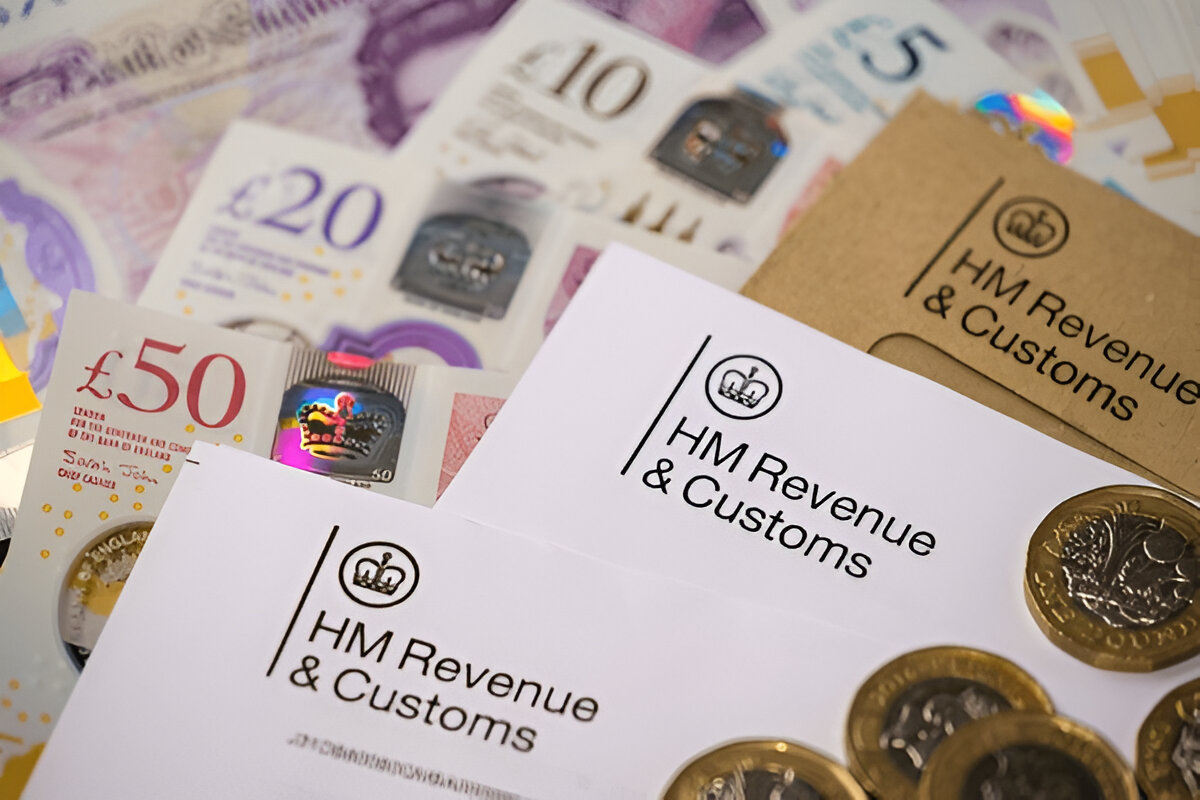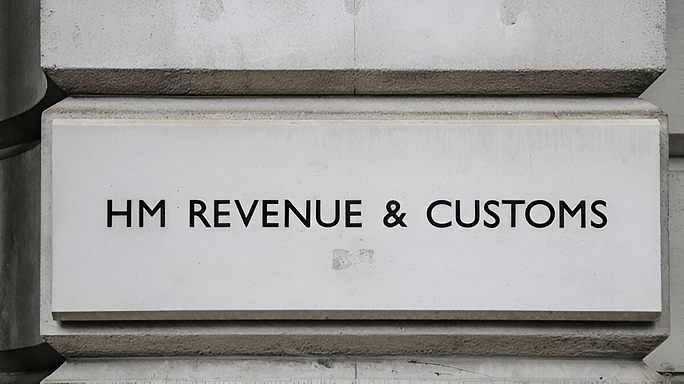
Understand the Costs You’ll Be Liable for and the Key Responsibilities of Owning a Buy-To-Let Property
Investing in buy-to-let houses may be an exciting and profitable endeavor. However, before you start, you must understand the various charges associated with getting a buy-to-let property and a mortgage to help finance the purchase. Understanding these charges lets you better plan and manage your investment, resulting in a smooth and lucrative property-buying journey.
Here’s a detailed summary of frees for BTL properties for sale.
List of BTL Expenses

1. Entry Cost:
When looking for buy-to-let or BTL properties, price is only the beginning. Let’s look at the primary charges you will face.
The Price and Deposit:
If you go all-cash, the property is the single most expensive thing. If you are taking out a mortgage, your deposit is essential to obtaining your loan. Typically, you must make a down payment of 25% of the property’s price. For example, if you purchase a £120,000 house, you will need a £30,000 deposit. This upfront contribution helps you secure the mortgage and decreases the loan amount, reducing future interest payments.
Property valuation:
Before approving your mortgage, your lender will need to assess the value of the property and determine the amount they can offer. This requires a property valuation survey, which ranges from around £200 for a basic two-bedroom unit to as much as £2000 for larger 8-10-bedroom specialist HMOs. The survey helps the lender evaluate the market value and condition of the property, guiding how much they’re willing to lend based on LTV and ICR criteria.
Legal fees:
Hiring a solicitor or conveyancer is necessary to navigate the laws of acquiring BTL properties. Their fees range from £500 to several thousand pounds depending on the purchase price and include the following responsibilities:
- Producing and evaluating legal paperwork.
- Performing searches.
- Ensuring smooth transactions
Lenders frequently have a pool of attorneys with predetermined prices, so you do not have to bargain.
Mortgage Arrangement Fees:
Mortgage arranging costs vary greatly. Some lenders provide property mortgages with no setup costs but higher interest rates. In contrast, others charge a percentage of the loan amount, which can vary up to 5% depending on the product’s complexity. These costs cover the mortgage set-up cost, which can occasionally be included in the loan amount, eliminating the need to pay them upfront.
Taxes:
SDLT (Stamp Duty and Land Tax) comprises a sizable portion, ranging from 3% to 15%. To learn more about property tax laws, consult with top accountants in the UK, such as TaxCan and Cangaf Accountants.
Safety Measures:
Before issuing a loan, your lender must confirm the safety of your home. Most properties will have these devices and equipment, but if the property you are buying is not up to date, you will need to set a budget separately for the following:
- Smoke alarms and heat detectors (£150)
- An Electrical Installation Condition Report (EICR) costing between £200 and £1,000
- A gas safety certificate (£60-£100)
- PAT testing (£50)
- A Legionella risk assessment.
These fees guarantee that the property fulfills safety laws and is rentable once owned.
Refurbishment costs:
Getting your home ready for tenants frequently necessitates some renovations. These enhancements can increase the property’s charm and value. Some improvements, such as double-glazing existing windows, can reduce energy expenses and boost EPC ratings. Here are some other improvements that you might want to consider:
- Re-decorating (£1,000-£1,200)
- Flooring (£1,000-£1,200)
- Furniture (£2,500)
- Kitchen or bathroom renovation (£7,000-£10,000)
To summarize, depending on the size and condition of your buy-to-let property, preparation might cost between 5% and 20% of the property’s worth. While these figures may appear large, they clearly show the expenditure necessary to get started.
2. Ongoing Costs
Once your home is ready for rental purposes, you will face ongoing costs to maintain its excellent condition and profitability. Let’s examine these frequent charges more closely.
Management fees:
Hiring a leasing agent to rent and manage your home might cost 8% to 15% of your gross rental revenue. This charge includes the agent’s services in locating and managing tenants, dealing with maintenance concerns, and keeping the property compliant with rules. If you decide to manage the property yourself, you will save money but must devote substantial time and effort to the operation.
Mortgage payments:
Most buy-to-let mortgages operate on an interest-only basis, meaning you’ll cover just the interest each month while the principal remains untouched until the loan term ends. Your monthly payments will depend on the amount borrowed and the applicable interest rate, which typically stays constant, as most BTL mortgages come with fixed-rate terms.
Insurance costs:
Protecting your investment with insurance is critical. Depending on the value of the property, expect to spend on the following:
- Building insurance: £100 to £500 per month
- Landlord’s insurance: £130 to £150
- Rent insurance (to cover rent loss): approximately £200
These insurance policies cover various hazards and risks, including liability claims, property damage, and rental revenue loss during void periods.
Maintenance Fund:
Setting aside a percentage of your rental revenue for maintenance purposes is wise. Consider saving 5-10% of your rental revenue for routine maintenance and minor repairs. This fund helps to guarantee that minor concerns are resolved before they turn into significant problems.
3. Extra Mortgage Charges
Sometimes, even after careful preparation, extra mortgage expenses may occur. Here is something to keep an eye on:
Penalty for missed payments:
Failure to make a monthly mortgage payment may result in penalties from your lender. Each lender has guidelines for missing payments; thus, certain default payments will differ. Consistently missing payments may result in your house being repossessed, making it critical to remain on top of your mortgage payments.
Early Repayment Charges (ERC):
If you choose to repay your mortgage early or exceed your yearly overpayment limit, you may face an Early Repayment Charge (ERC). This cost typically fluctuates between 1% and 5% of your remaining loan amount. While paying off your mortgage early might save you money on interest, you should consider the expense of the ERC vs the possible savings.
Exit/closure Fee:
When you ultimately pay off your buy-to-let mortgage, a small cost may be associated with the closure of your loan account. This exit charge typically ranges between £75 and £300 and covers the administrative costs of terminating your mortgage arrangement.
4. Hidden Expenses: Be Ready for Anything Unexpected

Aside from the initial and ongoing charges, you may incur other expenses. Here’s a breakdown of the hidden costs:
Brokerage Fees:
Using a mortgage broker to obtain the best mortgage rates might be advantageous. Brokers may charge a fixed fee of about £500 or accept a commission from the lender. It is critical to understand the pricing structure before using their services.
Conveyancing fees:
Conveyancing fees generally range between £850 and £1,500, and other expenses are part of the legal process of transferring property ownership. These fees are charged for the necessary legal work to execute the BTL property sale.
Fund transfer fees:
These fees, also known as telegraphic transfer or CHAPS fees, are used to ensure the transfer of mortgage money to your solicitor. These charges range between £8 to £50.
Other considerations:
You may also need to pay for survey expenses, which may run between £250 and £1,000, depending on the type of survey needed. Remember to include stamp duty, letting agent fees, and income tax in your rental revenue.
Accounting for these additional charges allows you to manage your finances better and avoid unwanted shocks.
What You Need to Know About BTL Landlord Responsibilities
Being a landlord entails a wide range of legal duties, including:
Contract:
You must furnish your renter with a contract outlining the landlord and tenant’s rights and duties. In England and Wales, the most frequent kind is an assured shorthold tenancy (AST). This gives renters the legal right to dwell in the property for a certain amount of time or on a rolling basis.
Tenant Deposit Protection:
If the residence is rented on an assured shorthold tenancy, you must place the tenant’s deposit in a government-approved tenancy deposit program. In England and Wales, these deposits can be registered with the Deposit Protection Service (DPS), the Tenancy Deposit Scheme (TDS), or mydeposits.
Right to Rent:
All landlords are now accountable for ensuring their renters have the legal right to rent in the UK. Give each renter a copy of the Government’s “How to Rent” brochure.
Gas and Electricity:
Gas appliances should be checked once a year by a gas-safe qualified craftsman and provided with a copy of the safety certificate. Wiring and electrical appliances should be examined on a regular basis. Additionally, you must provide renters with copies of the gas and electricity safety certifications.
Fires:
Furniture and soft furnishings must meet fire safety standards. Check for fire retardant labels, especially when planning to rent your home for Airbnb. Fire alarms need to be installed. Install a carbon monoxide alarm with gas appliances in any room. Also, verify that all renters have a clear escape path in case of fire.
Expert Guidance for Managing Buy-to-Let Costs: Trust Taxcan and Cangaf Ltd
Understanding the expenses of buy-to-let property is critical to a successful endeavor. Each piece is essential to your financial plan, from initial purchase charges to continuing expenses and hidden fees.
Proper research and planning for these charges can help you better manage your investment. A thorough understanding of the financial responsibilities involved will also prepare you to deal with any issues that may emerge and maximise the potential of your investment.Professional firms like Taxcan and Cangaf Ltd. are valuable partners for managing your buy-to-let costs and navigating tax and accounting complexities. We specialise in helping landlords understand their financial responsibilities, providing tailored advice on tax optimization, and ensuring compliance with property-related costs. You can confidently steer your buy-to-let property toward a rewarding and lucrative future by seeking expert guidance.
Contact Details:
CANGAF Accountants
235 Tonge Moor Road, Bolton BL2 2HR
Email: info@cangafltd.com
Phone: 01204 859315
Let CANGAF Accountants manage your finances while you focus on excelling on the pitch.
Read this next!


